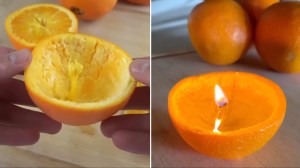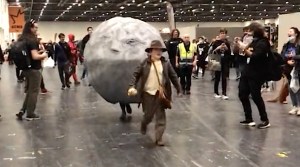In a vivid episode of Vox Almanac, video producer Phil Edwards shared the fascinating history of Technicolor while also addressing the common myths about the iconic film The Wizard of Oz. Specifically, Edwards explained that the film was not the first to employ the new technology, how the Kansas section of the film was actually sepia toned rather than black and white and how they used a body double in order show Dorothy’s from one world into another. Edwards also talked about the process behind Technicolor, the incredible woman who defined the spirit of Technicolor, how it came to change the filmmaking process and define the iconic look of films from the early to mid-20th century.
Many people recognize Technicolor from The Wizard of Oz, but the technology existed long before then. Two strip Technicolor and three strip Technicolor both revolutionized the film industry and shaped the look of 20th century film. But Technicolor also influenced movies through its corporate control of the technology. People like Natalie Kalmus shaped the aesthetic of color films, and directors redesigned their sets and films based on the Technicolor look that the company — and viewers — demanded.






